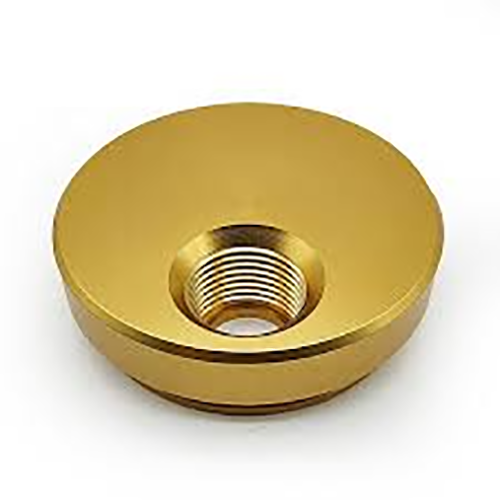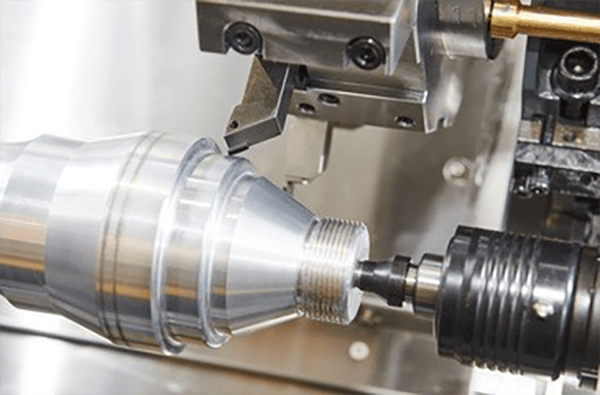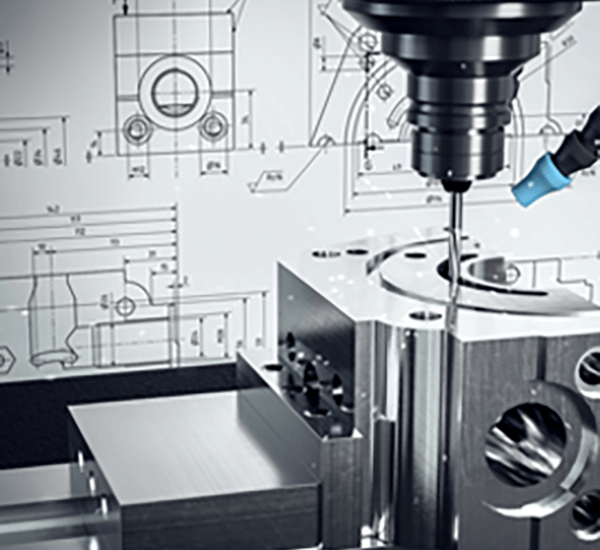
Attaining target exterior polish for a CNC part is vital.
- Surface finish callouts in engineering drawings provide the exact specifications for the finish of a part
- Surface notes typically employ Ra—arithmetic mean deviation—when specifying roughness
- Decoding surface notes is important for ensuring components achieve required performance
- Specified texture can change lubrication regimes, frictional forces, and endurance
- Understanding the notation correctly yields the desired surface result
CNC Machining — Precision Engineering Explained

CNC-driven fabrication functions as a modern manufacturing method using computerized programs to drive machines that cut complex shapes with high precision.
- CNC systems permit manufacture of precise components from diverse substrates
- Adaptable CNC processes fit the demands of aerospace, automotive, and medical markets
- CNC processes produce uniform parts with high repeatability over runs
From initial prototype stages to mass-manufacture CNC machining supports modern production workflows
CNC Spec Interpretation
Parsing spec sheets may feel challenging at initial inspection
That said, foundational understanding plus a method lets you confront technical details
Open by noting essential values: spindle speed, feeds, accuracy, envelope, control type
All attributes together shape the system’s production performance.
Example: increased spindle revolutions aid soft materials; accelerated feed raises production.
Grasping those connections helps choose machinery aligned with your needs
Be sure to refer to vendor documentation completely.
Vendor literature commonly contains useful guidance and explains terms
What You Should Know About CNC Machines
CNC systems refer to programmed machine tools for accurate automated part production across materials They function by reading numerical G-code commands that drive cutting heads and actuators.
- Various CNC platforms encompass milling centers, turning lathes, routers, plasma systems
- Processes are adaptable to metals, polymers, timber, and composite materials
- Likewise CNC solutions enable fast prototyping and small-lot production for enterprises and research labs
CNC Basics and Explanations
These tools showcase a blend of mechanical exactness and intelligent software command Versatile machinery employs programmed code to autonomously produce simple parts and complex assemblies The fundamental principle behind CNC machines is the translation of digital designs into physical forms.
- Computer Numerical Control machining
- Programmatic production integration
This process involves a series of precise movements guided by the computer program Skilled staff determine cutting conditions, observe operations, and verify finished part quality.
Surface Finish Effects in CNC Production
Achieving the desired surface finish in CNC machining is crucial It shapes both functional outcomes and outward appearance Base material, cutting conditions, and post-machining refinements govern texture.
Polished textures increase lifespan; rough finishes may lower effectiveness CNC workflows include varied tooling and approaches to produce intended surface results.
- By using distinct cutter geometries |high-speed steels|RPM and feed adjustments to craft finish
- In addition buffing, grinding, and sanding may be applied to upgrade finishes
Seeing how process parameters map to surface output is key for optimal finishes.
CNC Overview: From Use to Application
Precision production uses machine control software to shape parts from different material classes They run numerical instructions to manufacture complex shapes consistently Basic knowledge of machine operation, G-code, and tooling selection plays a vital role in success
Industries that use CNC range from aviation and automotive to medical and electronics From complex aerospace components to precise injection molds, CNC is essential for complex parts
Notation for Surface Finish on Machined Parts
Precise surface specification proves essential in CNC machining It ensures part compliance with operational and appearance standards Technical callouts frequently employ Ra as the roughness metric Noted in microns or millimeters, the value quantifies average texture height.
Factor in desired smoothness and the component’s functional purpose when setting finish callouts

Often a polished surface is selected when precise tolerance and fit are required
Alternatively textured surfaces may aid applications needing traction or increased friction
Utilize a clear and concise callout in your engineering drawings to communicate the desired surface finish List Ra value plus supplementary process guidance like polishing or coating.
Understand that effective surface annotations are critical to production success
Types of CNC Machines and Their Capabilities
CNC manufacturing hosts an extensive set of machines for assorted machining tasks They leverage CAD/CAM designs to instruct cutters for accurate and efficient fabrication.
- Turning centers form shafts rods and cylindrical forms by cutting along axes
- Turning machines rotate stock to create symmetrical components efficiently
- Beam and jet cutting methods enable accurate slicing with differing thermal impacts
Choosing the right CNC depends on production goals material type and required accuracy Different CNC platforms supply distinct functionality valuable across industries including automotive and aviation.
Achieving Premium Surface Results in CNC Processes
Creating superior finishes is essential and CNC control systems help produce them Through careful tuning of feeds speeds and tool profiles operators manage chip formation and surface generation Moreover premium cutters and correct coolant application enhance surface outcomes Strategic toolpath planning and precise machine adjustments result in superior finish quality.
Realizing Finish through CNC Code
Programming mastery of surface parameters is essential for desired outcomes Feed, spindle settings, and cutter design are major drivers of the final surface condition Exact parameter choices plus proper fluid management achieve refined finishes.
- Continuous tool maintenance and what is cnc oversight preserve high finish consistency Also ongoing tool care and inspection support sustained finish reliability Continuous tool maintenance and oversight preserve high finish consistency
- In order to refine finish consider material, target roughness, and end-use needs
- Simulated machining supports parameter refinement to mitigate surface issues
- Additionally routine tool checks and upkeep maintain consistent finish quality
